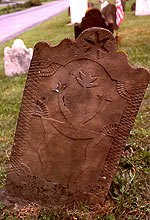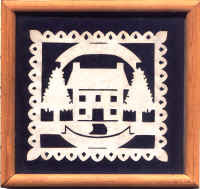
The artist I have chosen for this December is Henri Matisse.
His full name was Henri Emile Benoît Matisse. He was born on December 31st, 1869 in the town of Le Cateau-Cambrésis in northern France.
He went to Paris to study law in 1887.
When Matisse suffered appendicitis in 1889, his mother bought him some art supplies. He was hooked on art. His father was not happy that Matisse gave up practicing law to become an artist.

In 1891 he moved to Paris to study art.
Matisse’s paintings were expressive and really emphasized colors and shapes. He is associated with Fauvism.
Matisse made paintings, prints, sculptures, drawings, and collages.

In the 1940's Matisse suffered major health issues and began to “paint with scissors.”
He created large cut paper collages. He called this new technique "painting with scissors."
These cut paper collages continued to use bright colors and shapes.

He died at the age of 84 in 1954.

If you are interested in learning about Matisse and his art, please click on the link from the Baltimore Museum of Art at the bottom of this information (Click on the artist's name).
You will need Flash on your computer to run this interactive bio.
It is a lot of fun and you will meet a dog who will help you understand what to do.
Henri Matisse



















































